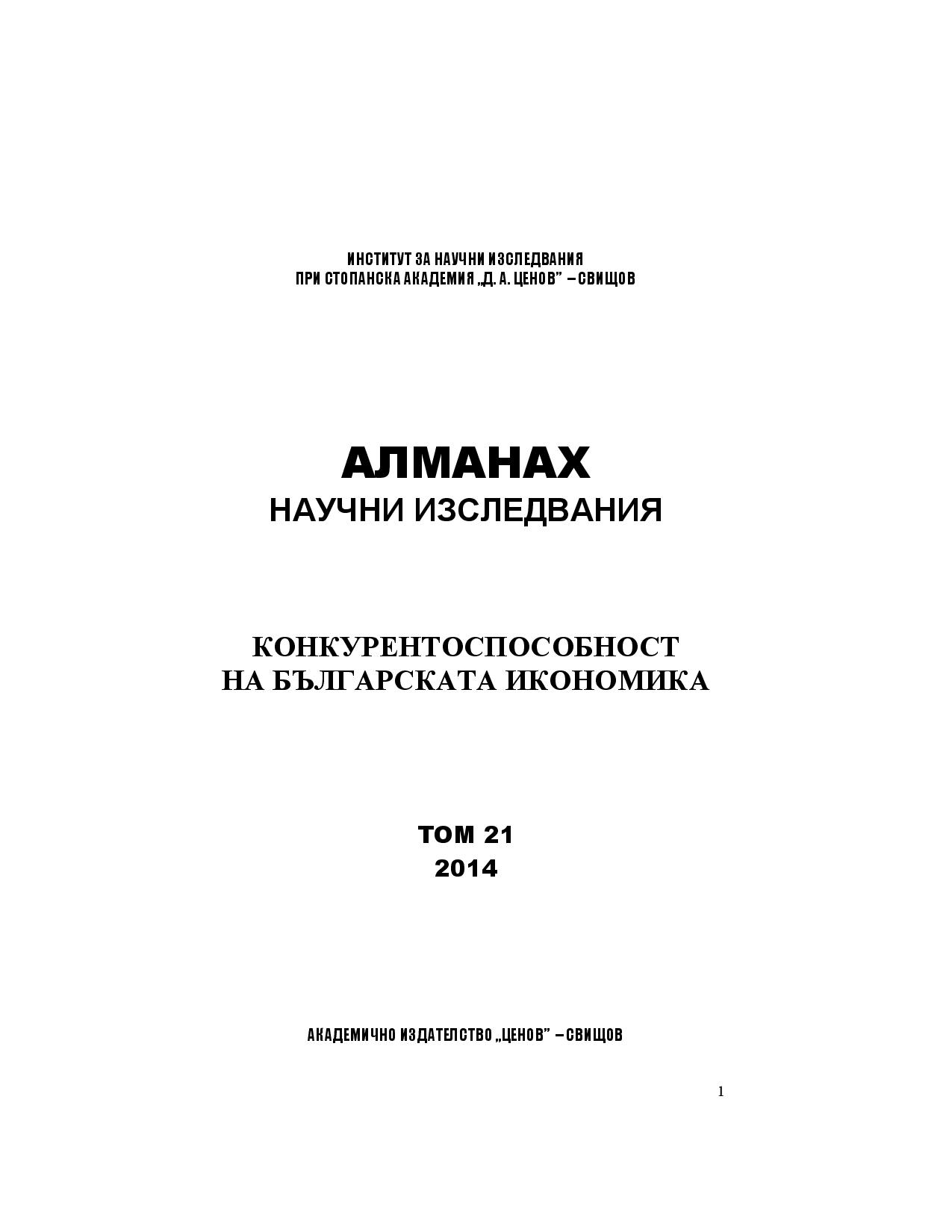СРАВНИТЕЛНО ИЗСЛЕДВАНЕ НА ДЕЙНОСТИТЕ И РЕЗУЛТАТИТЕ ПРИ ПРИЛАГАНЕТО НА СМЕСЕНО ОБУЧЕНИЕ В ЧУЖДОЕЗИКОВИ И НЕЧУЖДОЕЗИКОВИ ДИСЦИПЛИНИ В СА „Д. А. ЦЕНОВ” – ГР. СВИЩОВ
A COMPARATIVE STUDY OF THE ACTIVITIES AND THE RESULTS OF THE APPLICATION OF BLENDED LEARNING IN FOREIGN LANGUAGE AND NON-FOREIGN LANGUAGE SUBJECTS TAUGHT AT THE D. A. TSENOV ACADEMY OF ECONOMICS – SVISHTOV
Author(s): Petar TodorovSubject(s): Economy
Published by: Стопанска академия »Д. А. Ценов«
Keywords: e-learning;blended learning;foreign language teaching;virtual learning environment
Summary/Abstract: Blended learning is an innovative approach which combines face-to-face and electronic form of learning. For blended learning to be implemented, a virtual learning environment must be created. This environment enables students to perform various tasks and activities in order to improve the quality of their education and achieve higher results. One of the most widespread methods of implementing blended learning is the use of Moodle LMS (learning management system), which enables lecturers to create online content, develop courses, register users and manage the learning process. This form of learning has been successfully implemented over the last few years by lecturers at the Department of Foreign Languages at the D. A. Tsenov Academy of Economics in Svishtov both in language courses and in their work on a series of scientific and research projects. The results of all these activities so far have been positive. So far, however, at the D. A. Tsenov Academy of Economics no comparison has been made between the activities and the results of implementing blended learning in foreign language and non-foreign language subjects. The aim of this research is to ascertain to what extent blended learning is efficient in foreign language teaching and in teaching economic subjects. In carrying out the activities, we created a learning environment and conducted a scientific experiment. The results of the research show that blended learning is applicable in both groups of subjects, which gives ground for working further and expanding the scope of its application at the D. A. Tsenov Academy of Economics, covering more subjects and more forms of education.
Journal: Алманах Научни изследвания
- Issue Year: 21/2014
- Issue No: 21
- Page Range: 473-499
- Page Count: 27
- Language: Bulgarian

